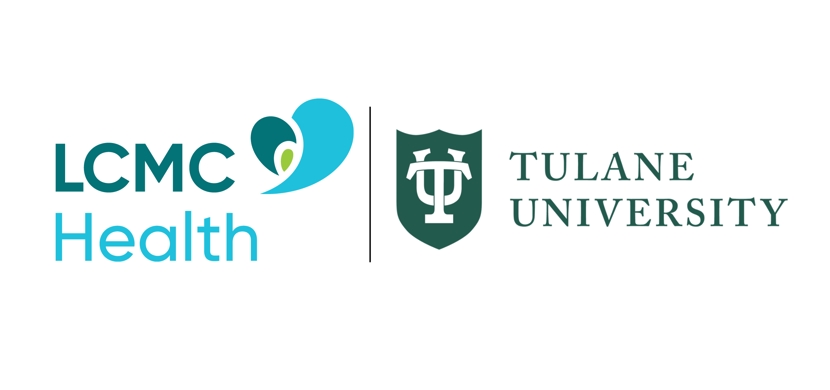Waving a red flag: What you should know about women’s heart health
- Category: Women's Health, Heart & Vascular
- Posted on:

You may have heard that heart disease is the leading cause of death in the United States. But how much do you know about women’s heart health specifically?
While there are similarities in how heart disease shows up in both sexes, there are also some differences. Women have unique risk factors for heart disease, and symptoms of the disease may be different, too.
February is recognized as American Heart Month. You may be familiar with the yearly “Go Red for Women” campaign, which draws awareness to heart disease in women. Ladies, here’s what you need to know to protect your heart.
It’s not a “man’s disease”
In the past, even as recently as a few decades ago, heart disease was largely viewed as something that typically affected men. Heart attacks were portrayed the same—if you saw one on TV, it involved a man who was having chest pain.
Flash forward to today. We now know that women develop heart disease, too. In fact, women die of heart disease almost as often as men do.
In the heart of Louisiana, we’re at an even higher risk of heart disease. Louisiana is among the states where women have the highest heart disease death rates.
But it isn’t inevitable! You can take steps to protect your heart health and lower your risk.
Know the red flags
Heart disease can be tricky, especially for women. Even women who are healthy and active can develop the condition.
That’s why it’s so important to pay attention to your health and to seek medical attention when you don’t feel quite right. That’s especially important for women, who may be more likely to put off seeing the doctor if they think their symptoms of a heart attack are something mild or less severe.
When you think about heart disease or a heart attack, chest pain likely comes to mind. But someone could be experiencing either condition with no symptoms at all.
And, in instances where they are present, symptoms are often different for women, who are more likely to experience extreme fatigue, shortness of breath, nausea and vomiting, and pain in the back or jaw.
If you experience symptoms associated with a heart attack or any others that are unfamiliar or disconcerting, it’s always worth having them checked out.
Know your risk
You can’t see your heart, but you can still keep an eye on it. Visiting a medical provider on a regular basis for routine lab work can help you monitor risk factors for heart disease.
Your risk of heart disease increases if you have high cholesterol, high blood pressure, or diabetes. Having a family history of heart disease, smoking, being physically inactive, eating a diet high in saturated fat and sodium, and drinking an excessive amount of alcohol also increases your risk.
Some of those risk factors are considered more dangerous for women than they are for men. Women who have diabetes, for example, are more likely to develop heart disease than men who have diabetes—and having a family history of heart disease is also considered a greater risk factor for women.
Beyond those risk factors, though, there are also some risk factors that are unique to women. Menopause can increase the risk of developing heart disease due to lower estrogen levels. Pregnancy-related complications, such as high blood pressure and diabetes, are risk factors for heart disease and heart attack.
What can you do to protect yourself? Beyond knowing the signs of a heart attack and when to seek help, you can also build lifestyle habits that can strengthen your heart.
Aim to get at least 30 minutes of exercise on most days of the week, eat a heart healthy diet packed with fruits and veggies, don’t smoke, prioritize getting enough quality sleep, and find healthy ways to manage stress. Your heart will thank you.
Women have specialized heart health needs, and we can help you take the best care of your ticker! Our advanced heart and vascular specialists are here to help.
